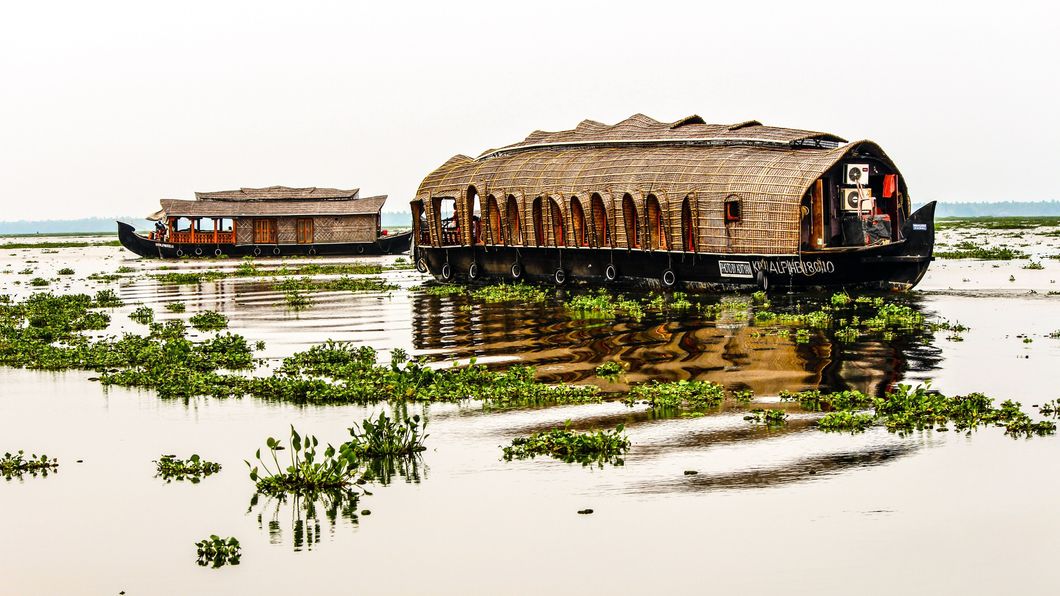With the second largest population in the world, India is facing a water crisis that is reported by the Niti Aayog Report to only get worse as time goes on. Currently, 600 million are facing high to extreme water shortage that is attributed to a lack of government planning, increased corporate privatization as well as increased industrial and human waste. This contamination is not only present in their drinking water but also in other water sources. This, in turn, leads to the fact that 21% percent of the country's diseases are water related. While the government has tried to make improvements to the water filtration systems, these improvements are usually made in municipal areas rather than rural. Therefore, a large percentage of their population is left out and in turn do not have access to clean water.
While the presence of clean water is a concern, the actual existence of water is a major concern for India. Rural areas that do not have access to clean water tend to drill wells in order to access water, but this only leads to the depletion of their water supply. The Niti Aayog report warns that 21 of the 29 cities of India will likely run out of groundwater by the year 2020. The report also goes on to write that over 200,000 people in India die every year because of their lack of access to clean water, and this number will only increase as their water supply decreases. Some areas in India are lucky to have typically wet climates, unfortunately, in rural areas, this water tends to go to farming. With a general decrease of water as a whole, farming, as well as food production will decrease.
The depletion of water in India is projected to only get worse. Several organizations such as The Water Project as well as Water for People are in the process of raising money as well as providing support for those affected by water deficiency in India. Through the efforts of these organizations as well as those similar, we can hope to increase the distribution of clean water to a larger amount of India's general population.






































